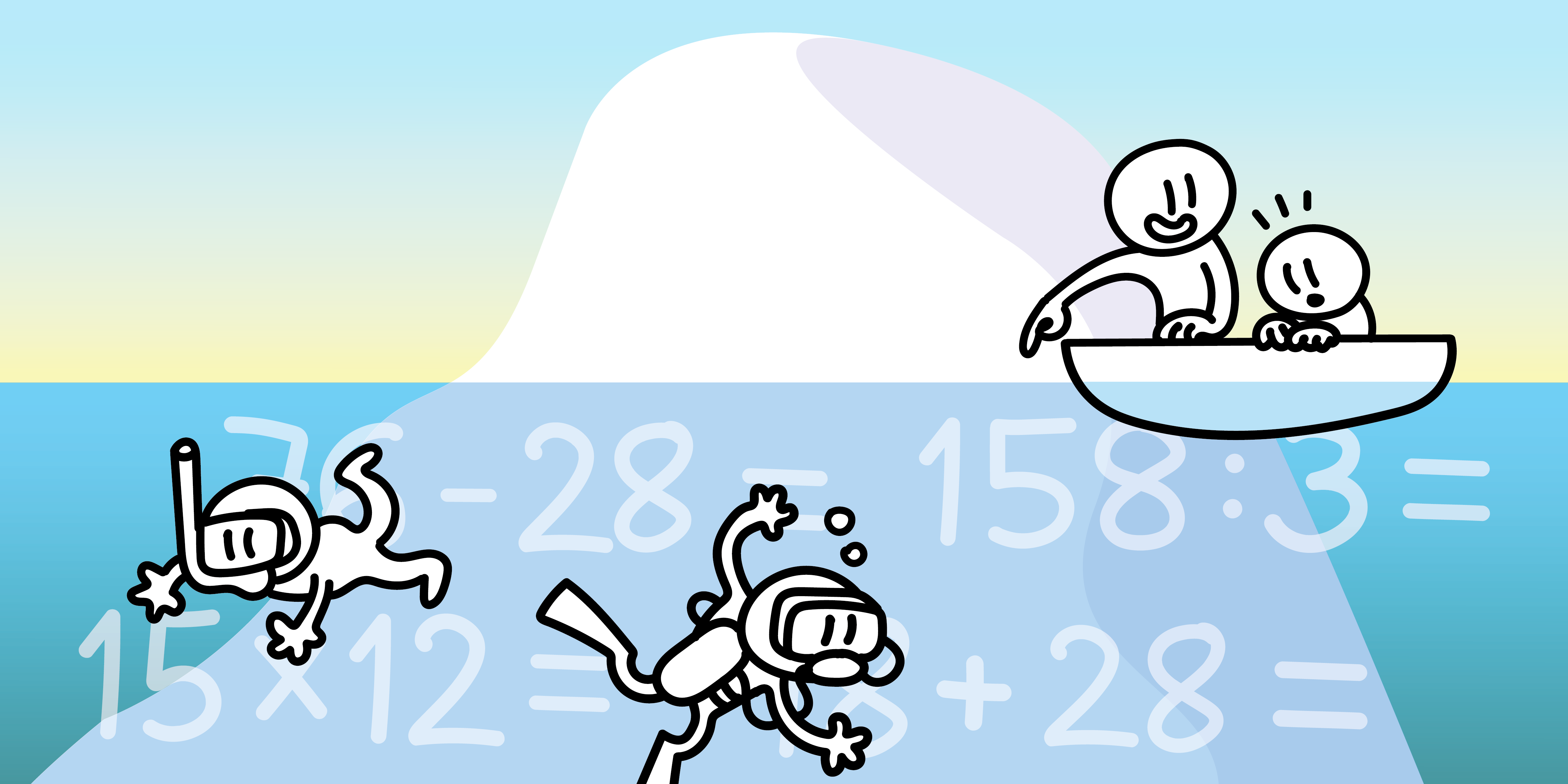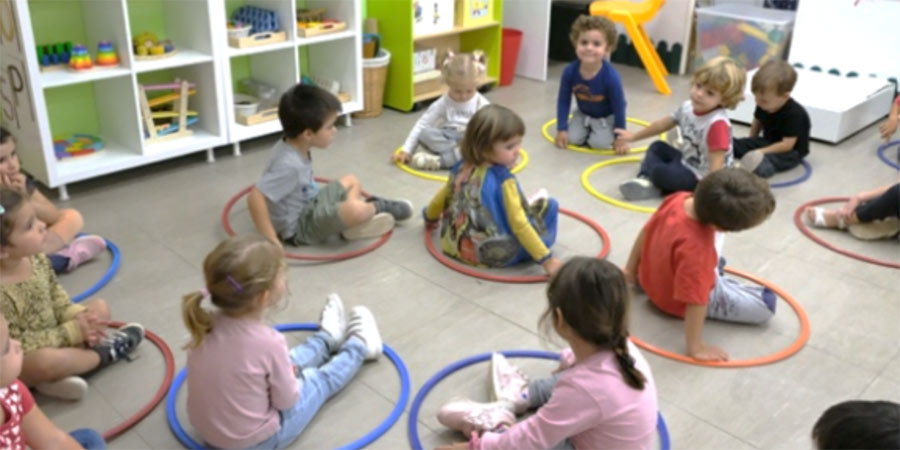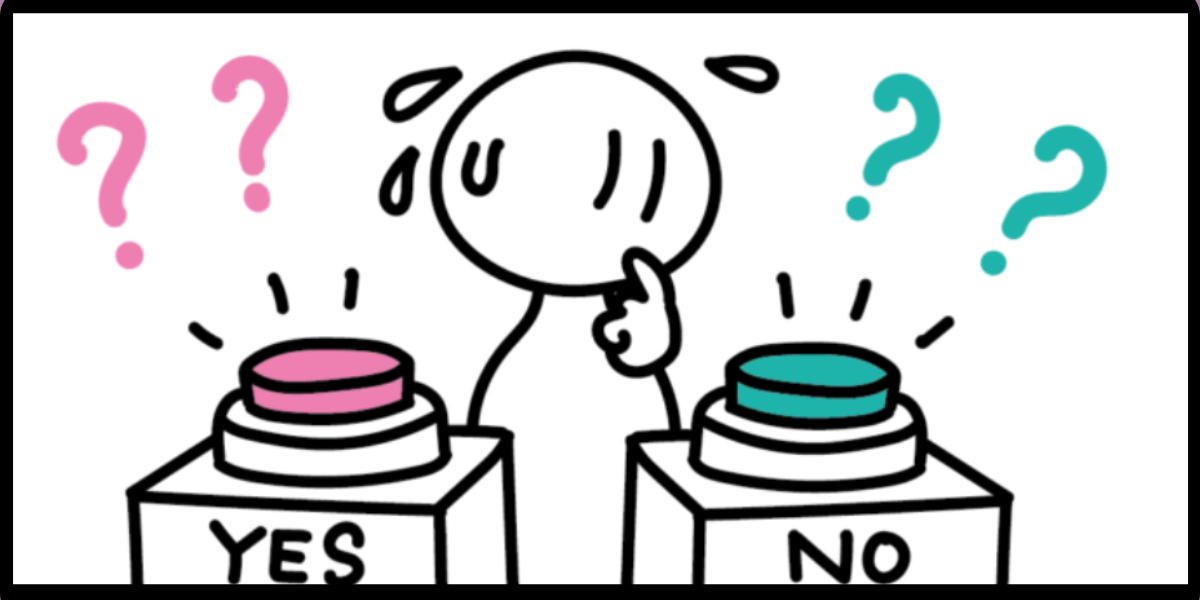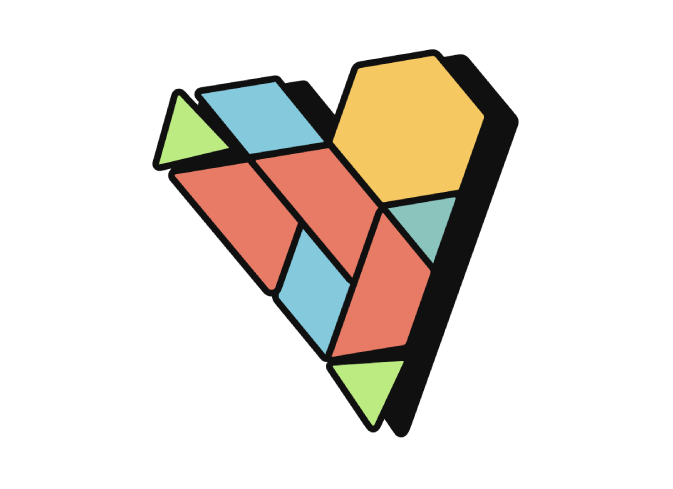Often, when talking about competency-based learning of mathematics, contrary to more traditional approaches, it is inferred that anything related to memorizing must be banished from the classroom. It would seem that, as is the case in many other fields, we have to pick a side: either we go for a traditional approach that focuses on vertical, rote, repetitive content in which the teacher explains and the student listens, or we go for a conversation-based approach where everyone is on the same level, where there is discovery from the manipulation of materials and competency-development without practicing or institutionalizing the content.
This is made clear every year, several students studying a teaching degree, or active teachers who attend certain training sessions, are surprised when they hear us defend the idea that the multiplication tables, to give a paradigmatic example, must be learned by heart. That’s the way it is: memorization also has its place in competency-based learning. The nuance is that memorization itself cannot be the path of learning. Memorizing is instead a very welcome consequence, which we will take advantage of to increase agility, but it cannot be the protagonist. Let’s see how and why through the example we just introduced.
What are multiplication tables?
The multiplication tables are the set of results obtained by multiplying two natural numbers between 1 and 10 (or even between 0 and 12, depending on the tradition of each region). Mastering the multiplication tables, in addition to being general knowledge, is an essential skill to be able to multiply and divide fluently, work with fractions and powers, explore divisibility, etc. The tables contain the most common multiplications in our daily lives; we use these results so often that having to work them out them every time we needed them would be inefficient. That is why it is important to be able to remember them.
We agree with the premise, but some teachers (and families!) take this to the extreme and believe that the number of results a child knows by heart is a good indicator of their math level. Consequently, many hours are invested and a lot of effort is dedicated to memorizing them. “You have to know the 6 times table by heart by Monday”. Let’s recite it! It’s like learning a song.
In doing so, we transmit a distorted image of mathematics, that is far from its true essence. Doing mathematics is not learning facts by heart without understanding them, but observing patterns and regularities; deducing, connecting ideas and solving problems creatively. And, if you think otherwise, it is probably because of your experience of mathematics in school. Edward Frenkel, PhD in mathematics from Harvard University, explains it this way in his bestseller Love and Mathematics: The Heart of Hidden Reality (2014).
But, if we base everything on memory, when it fails, we have no alternatives. Try it. Unexpectedly ask someone what 7 × 8 equals, out of context. Many people will know the answer, of course, but a lot of people will go blank and even feel a little stressed.
How can I bring this to the classroom?
As stated in an article in Uno magazine (Vilalta, Calvo and Correig, 2023), the multiplication tables should not be presented, they should be built one by one, starting with the repeated addition model and the area model, and deduction should be extensively explored. If you want more details, we recommend reading the entire article. In any case, we assume that we have already built all the tables and that the students have the tools to deduce the results. Have we finished? No. Now is the time to practice so that most students are able to quickly recall the results. Memory, however, is not the only way to quickly recall a result: it can also be automatized.
What is the difference between automatizing and memorizing? Van Den Heuvel-Panhuizen (2008) explains it like this:
As teachers, when we are external observers, the border that separates automatization from memorization is blurred: it is difficult to determine if the student knows it by heart or has automatized it. In any case, our task is to offer different strategies to quickly deduce and evoke the results of the tables or any other basic fact that we consider necessary. And offer activities, space and time to practice them until they are automatized or memorized.
An activity to practice the multiplication tables
In the aforementioned article, after presenting our vision on how the tables should be built, we dedicated a good part of the text to suggesting examples of concrete activities to practice them beyond the typical repetitive practice. To end, let’s look at one that, due to space restrictions, we didn’t end up including.
In the famous dynamic “Which One Doesn’t Belong?”, the objective is to discover which element does not fit in a set. These types of oral tasks are particularly interesting to start a class with, because the whole group can focus on a discussion. If we want to work with the tables, we can present the following image and ask which one doesn’t belong:
 The value of these warm-ups is in the discussion they provoke, since the answer depends on the chosen criteria. In this case, if we look at the factors of each multiplication, we can say that the one that doesn’t belong is 5 × 5, because it is the only one with two equal factors. If we look at the results, the one that doesn’t belong could be 3 × 4 because it is the only one whose result (12) does not start with 2. It could also be 4 × 7, since it is the only one whose result (28) has two even numbers. The one that doesn’t belong could also be 7 × 3, because it is the only one whose result (21) has a tens digit that is greater than the units digit. The context encourages us to discuss results of the multiplication tables while we develop an argument, the use of specific vocabulary, the systematic tracing of numerical or geometric properties and various connections.
The value of these warm-ups is in the discussion they provoke, since the answer depends on the chosen criteria. In this case, if we look at the factors of each multiplication, we can say that the one that doesn’t belong is 5 × 5, because it is the only one with two equal factors. If we look at the results, the one that doesn’t belong could be 3 × 4 because it is the only one whose result (12) does not start with 2. It could also be 4 × 7, since it is the only one whose result (28) has two even numbers. The one that doesn’t belong could also be 7 × 3, because it is the only one whose result (21) has a tens digit that is greater than the units digit. The context encourages us to discuss results of the multiplication tables while we develop an argument, the use of specific vocabulary, the systematic tracing of numerical or geometric properties and various connections.
Van Den Heuvel-Panhuzien, M. (2008). Children Learn Mathematics. A Learning-Teaching Trajectory with Intermediate Attainment Targets for Calculation with Whole Numbers in Primary School. Dutch Design in Mathematics Education, V: 1. Utrecht. Freudenthal Institute, Sense Publishers.
Vilalta, A., Calvo, C., Correig, E. (2023). Automatizing Multiplication Tables: A Purpose that Goes Beyond 3rd EP. UNO: Revista de Didáctica de las Matemáticas (A Mathematics teaching and learning magazine), 99, 61-67.






